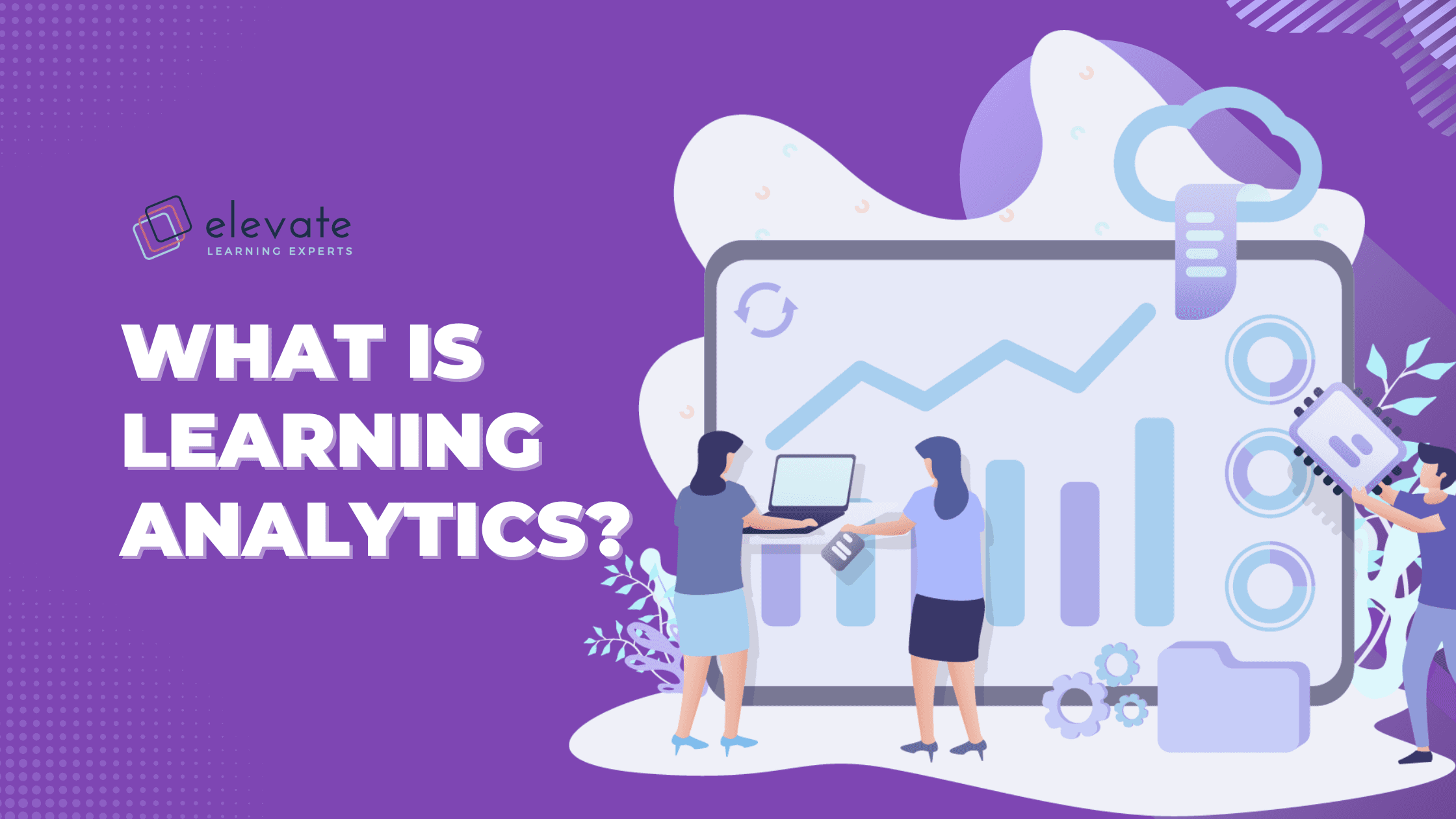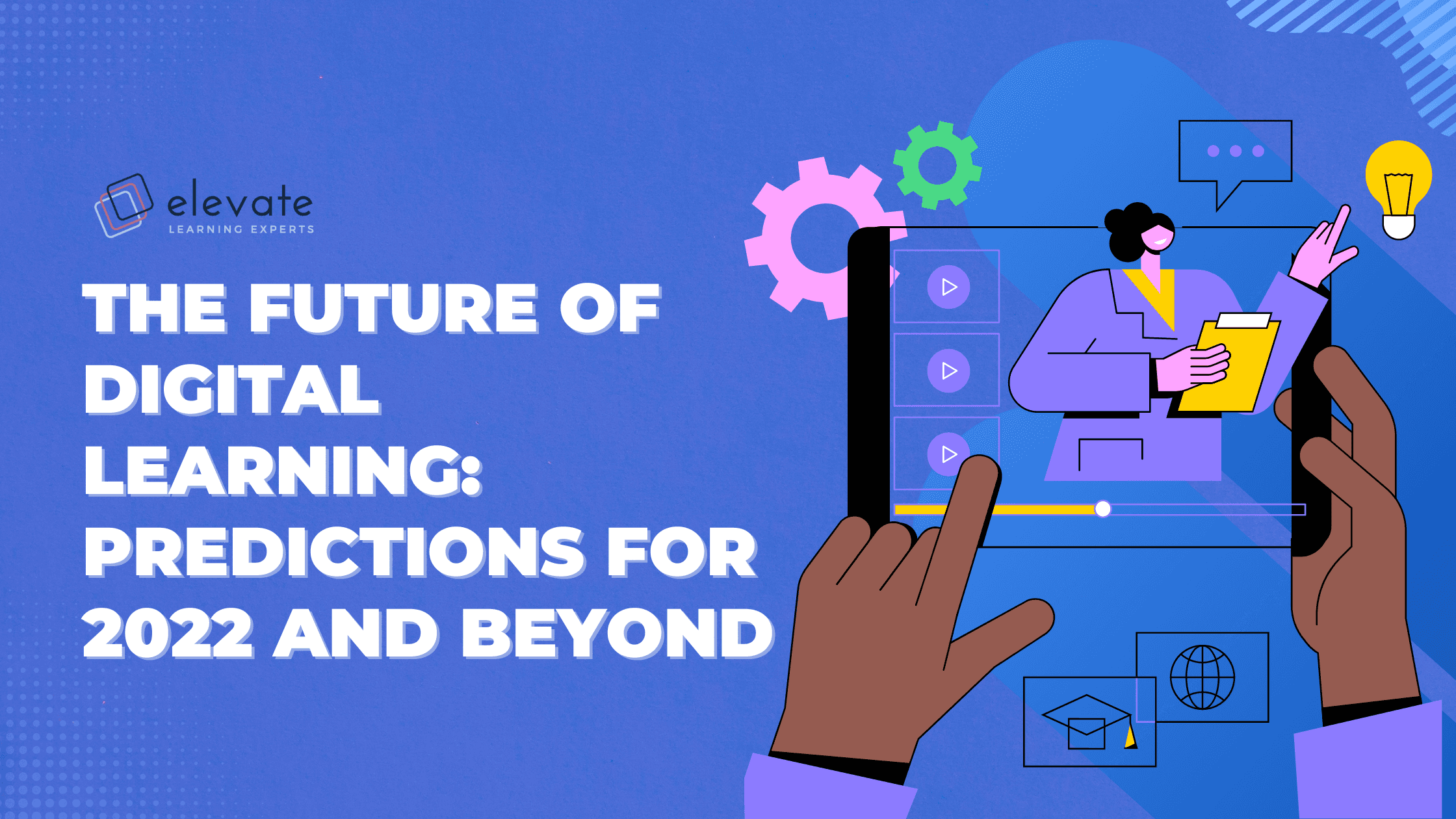A year and a half into the Covid-19 pandemic and we are still hopping on- and offline without a clear plan of which mode of delivery is around the corner. It’s safe to say that this hybrid way of teaching is commonplace and here to stay. So how does this affect learning? Is this the future of teaching?
You might have heard of the term VUCA. It stands for volatility, uncertainty, complexity, and ambiguity and was first used in 1987 as a response of the US Army War College to the collapse of the USSR. I wonder if they knew then how relevant these terms would be for our world today?
As teachers, we have all been forced to grow our technological skillset in some way or another over the past 18 months, and many teachers who have never learned online themselves, have had to switch instantly to teaching online. This was a remarkable feat, which most of us adapted to quickly and intuitively. But we also found out just as quickly, that it was exhausting. Almost overnight we packed up our physical classrooms and moved in-person lessons to online platforms like Zoom, Google Meet, or MS Teams. And many teachers ended the school year last year close to being burnt out, only to come back to school this year to find that not much had changed. But as they say, nothing changes if nothing changes.
As Graeme Codrington said in this video on his message for teachers in 2021, we need to keep pacing ourselves for a Covid marathon. We don’t know when or how this pandemic will end - if it ever will. We need to be smart. And if the future of teaching has learners in it, we need to design our teaching around them.
So what do our learners need and want? I think our learners want learning that is personalised, and which meets them where they are - online. As teachers, we need to reimagine our teaching, especially for delivery online. Online learning makes learning more accessible, which means we need to surrender to the fact that learning can only happen in the physical classroom, and help learners to take responsibility and accountability for their own learning. Teachers should encourage continuous learning and inspire curiosity as they prepare learners with relevant skills for a future workplace that is volatile, uncertain, complex, and ambiguous.
Here are four predictions for the future of teaching:
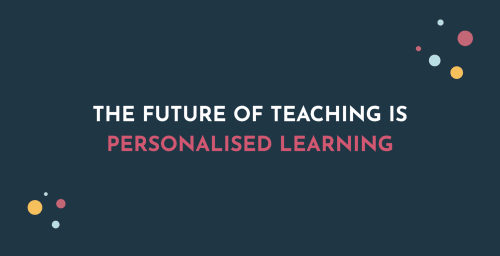
One big thing that experts in learning are talking about is the move to more personalised learning. In the school system, this is challenging and it’s something that we need to keep exploring. A part of personalised learning is creating more learner autonomy and providing the individual learner with the ability to choose their next step.
A small way you could start to implement more personalised learning in your classroom is by allowing the learners to give you feedback about their learning in your subject for you to implement where you can. You could also look for topics or sections of the curriculum where they could work at their own pace, or in their own order of preference. Additionally, including contextually relevant examples of concepts or new knowledge, or providing them with opportunities to reflect on how the content relates to their personal experiences, helps them to make a connection between theory and practice.
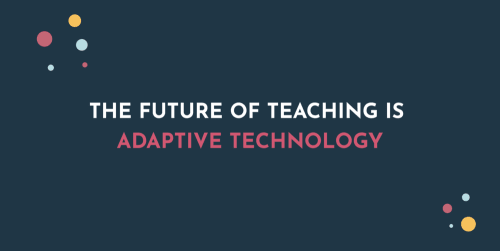
People experience life as a whole. As teachers, we need to consider the way we teach in relation to the rest of our learners’ lives. Teaching should change with the learner. As we move forward as a society with technology, we need to stay open to change too. If technologies like Artificial Intelligence could be a vehicle for making learning more engaging, we need to become familiar with it and learn the necessary systems and algorithms to meet our learners where they are.
One institution that is offering AI as part of its curriculum is HaileyburyX, based in Australia, which offers online and blended learning courses. Their aim is to start to ask questions, explore ideas and start conversations that will make the real-world- and near-future implications of AI in K12 education real and meaningful. In this article on why they built AI micro-courses, they say that they believe students learn best when engaged in experiences that push them beyond the boundaries of a ‘course’.
While we may be a while away from using AI in our classrooms here in South Africa, it also makes sense to keep an eye on the technology trends that are informing the way we design our classrooms, curricula, and instruction for the future.
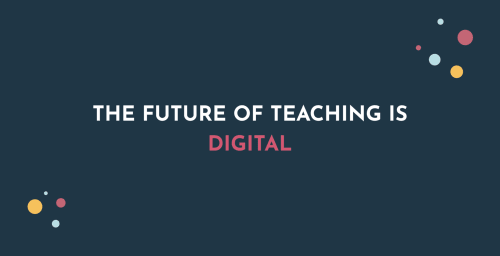
With a continued need to present lessons online (at least some of the time), we need to rethink our approach to online teaching. We can’t simply move lessons designed to take place face-to-face into an online space (and blame Zoom when our learners are not engaged). It’s not a sustainable way to teach or learn. The latest research in neuroscience and our understanding of how the brain works shows that learning doesn’t work in marathon sessions, but that we should be using spaced repetition to retain information.
If pre-Covid you were spending most of your face-to-face lessons instructing, and then doing the same when you teach online, you might have felt like you’re talking to empty space - and perhaps you were. Our learners are exhausted too. We could all consider where it’s possible to talk less as we constantly reimagine what teaching should look like in-person, too.
There is also the idea that learning online is lonely. But part of our solution to teaching online is building social connections. Jennifer Hofmann says in this article on learner engagement that learning happens during collaboration. We need to use the technology available to us and give learners more opportunities to do the talking. This doesn’t mean random activities during your virtual lessons, but designing every part of your lesson to support learning at its essence.
To create a more interactive classroom you could introduce polls using Google Forms or Menti.com, build engaging quizzes or games using Kahoot, or provide opportunities for learners to work together on problems or challenges in breakaway rooms, providing regular feedback on their learning experiences.
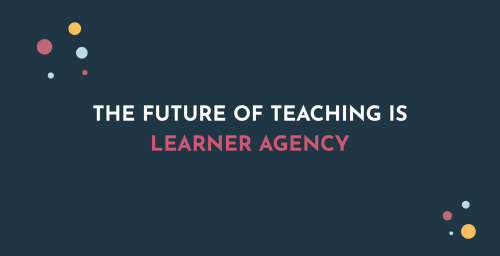
We want learners to be accountable for their learning, but we need to ask ourselves if we are giving them permission to do so. Are they allowed to take accountability for their learning and do we trust them enough? Dr Jane Bozarth says in this article on instructional design, oftentimes learners are seen as wanting to be spoon-fed, but she challenges the reader by ending the article “Maybe it isn’t that learners want to be spoon-fed. Maybe it’s that we won’t let them hold the spoon.” We need to consider how much of the learning we are controlling and move to become better facilitators than lecturers.
So, how do we work smarter, not harder? I think this starts with reflection and asking ourselves: What is most important in my classroom? Is it ticking boxes and completing assessments? And am I limiting myself (and my learners) by how I view the curriculum? Do I have to do all the talking? What learning is most important in my classroom?
When we put the learning experience at the heart of our classrooms, we find that the learners’ needs must come first. We might need to learn new skills, and relinquish control, and the need to be talking so much, but we also might just find that we encourage continuous learning and inspire curiosity, preparing learners to take on and apply a world of knowledge by themselves.
For further reading, have a look at these sources:
- For more on the future of learning as personalised, including the meaning of the term and some of the challenges of personalised learning, see this article: https://www.npr.org/2018/11/16/657895964/the-future-of-learning-well-it-s-personal
- For more on how AI is being integrated into higher education, see this article: https://hechingerreport.org/from-admissions-to-teaching-to-grading-ai-is-infiltrating-higher-education/
- For more on the latest neuroscience on the forgetting curve, spaced repetition, and microlearning, watch this video: https://www.youtube.com/watch?v=BE-YzyS6_o8&t=25s
References:
Codrington, G. 2021, “A message for teachers at the start of 2021, from futurist, Graeme Codrington”, online video, YouTube, viewed 9 September 2021, https://www.youtube.com/watch?v=yHurTpP3o54.
Thomas, P., “An AI walks into a classroom…” viewed 9 September 2021, https://medium.com/haileyburyx/an-ai-walks-into-a-classroom-f58e6ff53881.
Hofmann, J., (2020). “Get and Keep Learners Engaged in a Virtual Classroom”. [online] Learning Solutions Magazine. Available at: https://learningsolutionsmag.com/articles/get-and-keep-learners-engaged-in-a-virtual-classroom [Accessed 9 September 2021].
Bozarth, D., (2011). Nuts and Bolts: “Let The Learners Hold The Spoon”. [online] Learning Solutions Magazine. Available at: https://learningsolutionsmag.com/articles/688/nuts-and-bolts-let-the-learners-hold-the-spoon [Accessed 9 September 2021].
